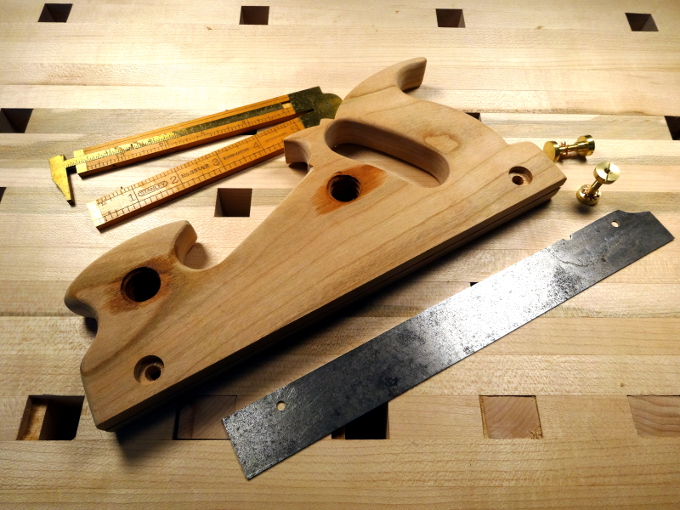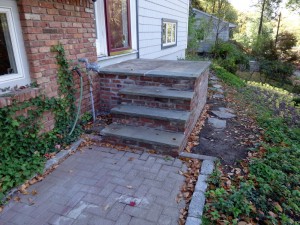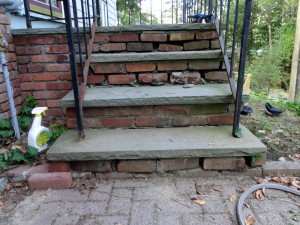Resawing lumber is a part of many projects, from big long boards for the hulls of boats, to fine hardwood boards for boxes. It’s time to take resawing accuracy to the next stage. I follow the usual technique of sawing from all 4 corners and flipping frequently to stay on track, or for a very long board, still flipping frequently side to side. Even so, going astray a little bit and recovering often produces the dreaded “X” in the middle of a board. That’s sometimes a hump, with matching divot in the other piece. I’ve never had an error of that sort serious enough to ruin a project, but I would like to spend less time “cleaning up.”
No, don’t blame it on my saws. They are terrific and I keep them wicked sharp. It’s the guy pushing the saw.
Tom Fidgen published his solution, a “kerfing plane,” on his blog and in his recent book Unplugged Workshop. The idea is to produce a kerf of reasonable depth on all edges of a piece of lumber, and then use that kerf to guide the saw. We’ll see if it makes a difference.
Tom started with a fixed fence version and converted to an adjustable fence version. I’m going straight to the adjustable version. Here’s a start at the main body, in cherry. The “stains” near the upper holes are from linseed oil used to lubricate a tap for threaded holes (more on that later). The blade, needing teeth, is from an old Disston. The saw nuts are from Issac Smith’s Blackburn Tools.


